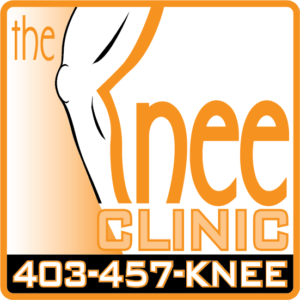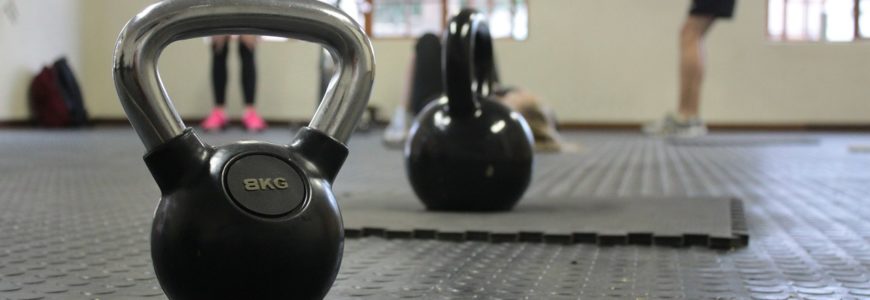Exercise is good for bones and joints, but listen to your pain
While it’s true that weight-bearing exercises can keep your bones and joints healthy, your body’s infrastructure can be susceptible to injuries from overuse.
“Muscles are not the only structures that can be injured through overuse,” says Dr. Dale Macdonald, Sport Specialist and Clinic Director at Elite Sport Performance in Calgary. “Nothing happens in isolation in the body. When impact is absorbed, numerous tissues disperse the impact throughout the body, and this can affect our joints and bones.”
When we run or play sports, the body’s mechanical system works overtime. It’s not uncommon for our body to absorb from three- to seven-times our body weight with every stride. This impact – and the resulting vibration – can have a harmful effect on the body’s bones and joints, especially when overuse comes into play.
Bone injuries – easy to miss
Like many injuries, bone injury occurs on a continuum. Injuries can start as simple irritation, then progress to tears where the muscles attach to the bone, right through to stress fractures.
People often ignore early-warning signs with bone injuries (like shin splints) because fracture pain can lessen once the tissue is warmed up. This lets a person continue their activity, but increases the aggravation and damage to the injured area over time.
Once a stress fracture occurs, though, the pain will be significant. Since stress fractures don’t often show up on x-rays, Macdonald suggests you may need a bone scan or a highly accurate SPECT/ CT scan to uncover the issue.
Management for a stress fracture includes rest, avoiding high-impact activities and wearing an air cast. Macdonald’s clinic has also seen great results from using ultrasound or a Graston tool to stimulate bone-forming cells where the stress fracture occurred.
Lower back and joint pain – high-stress areas
Another common injury Macdonald sees in the clinic is mechanical lower back pain. The lower back is the area where the majority of the force is absorbed from the legs. It’s no surprise, then, that lower back pain affects up to 85% of adults during their lifetime.
Distance runners are particularly susceptible to low back issues. The small of the back or the area around the back of the pelvis (the lumbosacral junction) is the first area of the body to absorb impact from the legs. It’s also one area where too much sitting can contribute to injury.
“The stresses of running, combined with a typical athlete’s sitting requirements during their workday, all adds up to enormous stress on the lower back area,” Macdonald says. “Treatment needs to take a whole-life approach.”
Macdonald notes that lower back pain is actively helped by chiropractic manipulation. He also stresses that with back pain, patients must be partners in their own healing.
“At Elite Sport Performance we successfully treat back pain,” Macdonald says. “To make sure the symptoms continue to improve, though, the patient must also make modifications to their lifestyle. We feel strongly about education. A customized program of strengthening exercises and advice about the best way to sit, lift and exercise with lower back symptoms is the best prevention there is.”
– Knee Injury & Pain Treatment Specialists, The Knee Clinic




